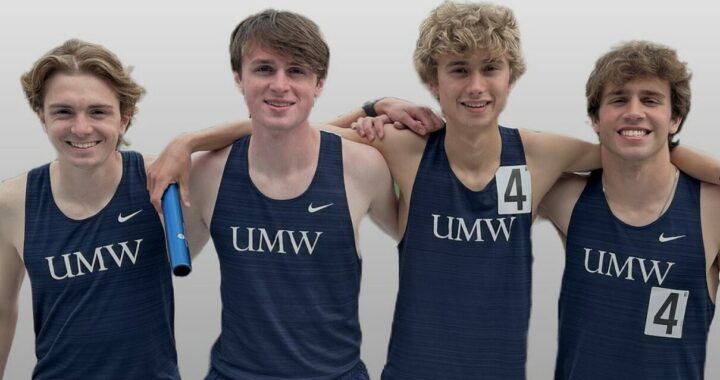Crew team plans 'ergothon'
3 min readBy ALLISON MARTIN

The University of Mary Washington rowing teams are holding a 24-hour “Ergothon” fundraiser on Ball Circle from 12 p.m. on Feb. 22 to 12 p.m. on Feb. 23.
For those who do not know what an “erg” is, it is a machine on which competitive rowers do the primary and most important part of their training. The erg machine simulates the rowing motion that competitive rowers experience when they are in the boat with all of their teammates.
The team is partnering with Friends of the Rappahannock, which will receive 10 percent of the proceeds earned from this fundraiser. The rowing squad has sent emails to the team members’ family and friends regarding the event, which the team is planning to stream on Ustream.tv, a website that allows users to share live broadcasts.
On Sat., Feb. 22, there will only be one erg machine, and members of UMW’s crew team will rotate for 24 hours, nonstop, using it continually. Head Coach Richard Wilson is requiring his athletes to be there for at least four hours, but nearly everyone is intending to stay longer.
“Some people have committed to go a total of 12 hours, but a lot of the guys want to be there the entire 24 hours,” Wilson said.
After the “Ergothon,” the crew team members and their families will head to Hope Springs Marina to celebrate the grueling event.
Wilson hopes to lease a boat for the men’s and women’s teams for the fast-approaching spring season with the funds earned from the “Ergothon.” This season’s schedule begins with their first race on March 16 against Franklin & Marshall in St. Andrews, Del. After that, on Sun., April 7, they will compete in the Occoquan Sprints race in Lorton, Va. Usually, though, the team will be taking long road trips to get to their race competitions, as most rowing teams do.
Crew teams have two very different seasons during a calendar year. They have a fall season and a spring season. It is similar, for example, to cross country season in the fall, and outdoor track and field in the spring.
The fall season emphasizes distance. Races during the fall are between 5,000 and 6,000 meters. The spring season, however, as senior Eva Campbell and junior Wes Host explain, is the season the team trains for. It is the short season.
Instead of 6,000 meters, races are only 2,000 meters in the spring. Campbell says what she looks forward to most about spring season is when “the indoor pain of winter” is paid off by conquering the competition.
“All winter you were training alone on the ergo, by yourself, trying to get your own personal record,” Host said. “But in the spring, you realize the nature of the sport is a team sport, and rely heavily on the seven other guys in the boat with you.”
The teammates are looking forward to the spring season, and their eagerness shows. In the gap between fall and spring seasons, they have continued to train and attend competitions to keep themselves in shape. They have done this on their own time and individual initiatives because it would be against NCAA rules if the athletes were to officially congregate and compete as a team.
Over the winter, a number of crew members attended the Mid-Atlantic Erg Sprints race, and on Sat., Feb. 16, many of them will again be competing as “unaffiliated” since the season has not officially begun at the Colonial Erg Sprints race.
When the season does officially begin with their first day of practice on Feb. 18, the team will begin working harder than ever, training on the erg four to five days a week and two days a week with their strength and conditioning coach.










